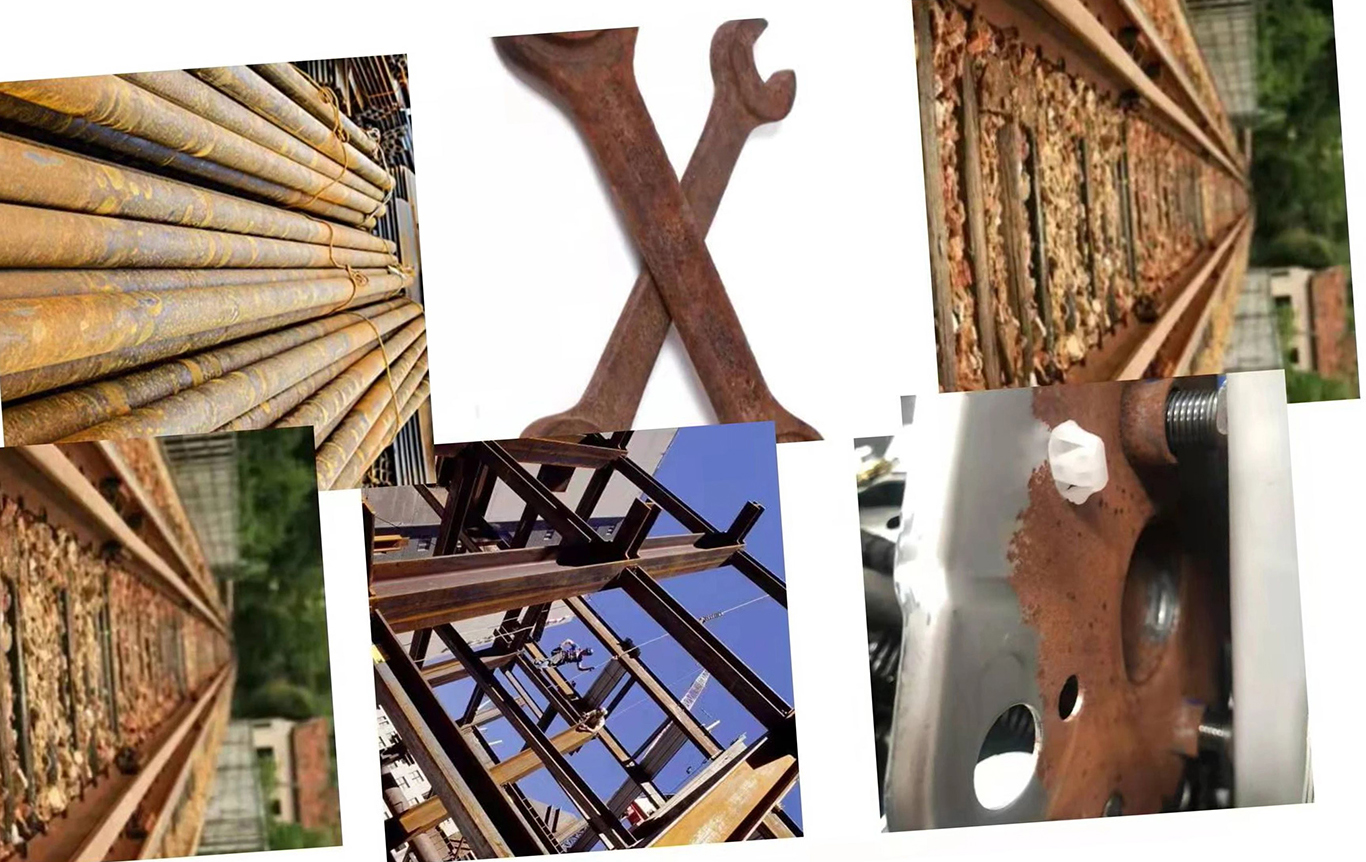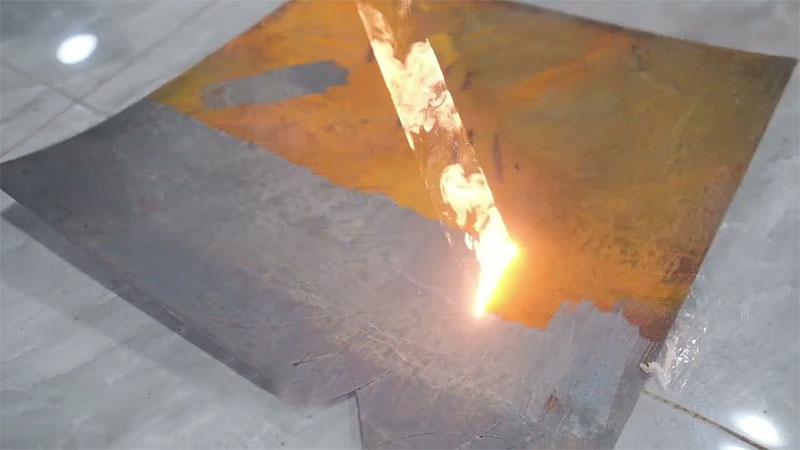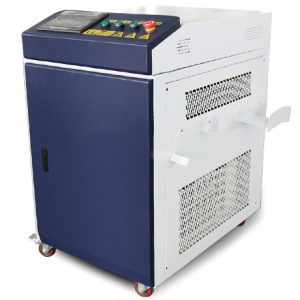
The Game-Changer: Cleaning Rust with a Laser
Imagine removing years of rust in mere seconds without damaging the surface, harming the environment, or breaking a sweat. This is no fantasy—this is the reality of cleaning rust with a laser, a revolutionary method that is transforming industries across the globe.
Understanding Laser Rust Cleaning
Laser rust cleaning is a modern method that utilizes high-intensity laser beams to remove rust and other surface contaminants. Unlike traditional techniques, it offers precision and efficiency, ensuring the integrity of the underlying material is preserved.
How It Works
1. Laser Beam Emission: A concentrated laser beam targets the rusted area.
2. Energy Absorption: The rust absorbs the laser’s energy, causing it to break apart.
3. Evaporation or Ablation: Rust particles are vaporized or dislodged, leaving a clean surface behind.
Benefits of Cleaning Rust with a Laser
1. Precision Cleaning
Laser rust removal focuses only on the affected area, leaving the base material intact, making it ideal for delicate and high-value surfaces.
2. Environmentally Friendly
This method eliminates the need for harmful chemicals and produces minimal waste, aligning with green industry standards.
3. Time Efficiency
Laser cleaning is faster than traditional methods like sandblasting or chemical treatments, increasing productivity.
4. Cost-Effective
While the initial investment might be higher, the long-term savings on consumables and maintenance make it an economical choice.
5. Versatility
From cleaning automotive parts to preserving historical artifacts, lasers adapt to a wide range of applications.

Applications of Laser Rust Cleaning
1. Automotive Industry
Rusty car parts and frames can be restored quickly and safely.
2. Industrial Maintenance
Heavy machinery and equipment benefit from non-invasive cleaning that prolongs their lifespan.
3. Shipbuilding and Marine Industries
Rust removal from ships and marine equipment is made easier and more efficient.
4. Historical Artifact Restoration
Preserving artifacts by removing rust without harming the original material is crucial in the preservation of history.
5. Construction and Infrastructure
Bridges, pipelines, and other structures often require rust cleaning for maintenance and safety.
The Cost of Cleaning Rust with a Laser
The cost of laser rust cleaning depends on several factors, including:
1. Laser Power: Higher-power lasers are more expensive but offer faster cleaning.
2. Machine Features: Automation, portability, and additional capabilities affect pricing.
3. Maintenance: Long-term maintenance costs are relatively low compared to traditional methods.
On average, a laser rust cleaning machine can cost anywhere from $10,000 to $50,000, depending on specifications.

Comparing Laser Rust Cleaning with Traditional Methods
| Feature | Laser Rust Cleaning | Traditional Methods |
|---|---|---|
| Precision | High | Moderate |
| Environmental Impact | Minimal | High |
| Time Efficiency | Fast | Slower |
| Surface Damage Risk | Low | High |
| Operational Cost | Low | High |
Innovative Features in Modern Laser Rust Cleaning Machines
1. AI-Driven Adjustments
Advanced models automatically adjust laser intensity based on the material and rust thickness.
2. Enhanced Safety Mechanisms
Modern machines include safety features like automatic shut-offs and protective shields.
3. Compact Designs
Portable options make on-site cleaning more convenient than ever.
4. Multi-Material Compatibility
Many machines are designed to clean rust from both metallic and non-metallic surfaces.
Safety Considerations When Using Laser Rust Cleaners
1. Personal Protective Equipment (PPE): Always wear safety glasses and protective clothing.
2. Proper Ventilation: Ensure the area is well-ventilated to avoid inhaling particles or fumes.
3. Machine Maintenance: Regularly check and maintain the machine for optimal performance.
4. Training: Operators should be trained to handle laser equipment safely.

Future Trends in Laser Rust Cleaning Technology
1. Lower Costs: As technology advances, laser cleaning machines are becoming more affordable.
2. Automation: Robots equipped with laser cleaners are expected to dominate industrial applications.
3. Wider Material Applications: Future machines may handle even more materials with precision.
4. Smarter Systems: AI and IoT integration will make machines smarter and easier to use.
Laser rust cleaning represents a giant leap forward in surface cleaning technology. By combining precision, efficiency, and sustainability, it offers a solution that is not only practical but also future-proof. Whether you’re restoring an antique or maintaining industrial equipment, cleaning rust with a laser is the superior choice.


